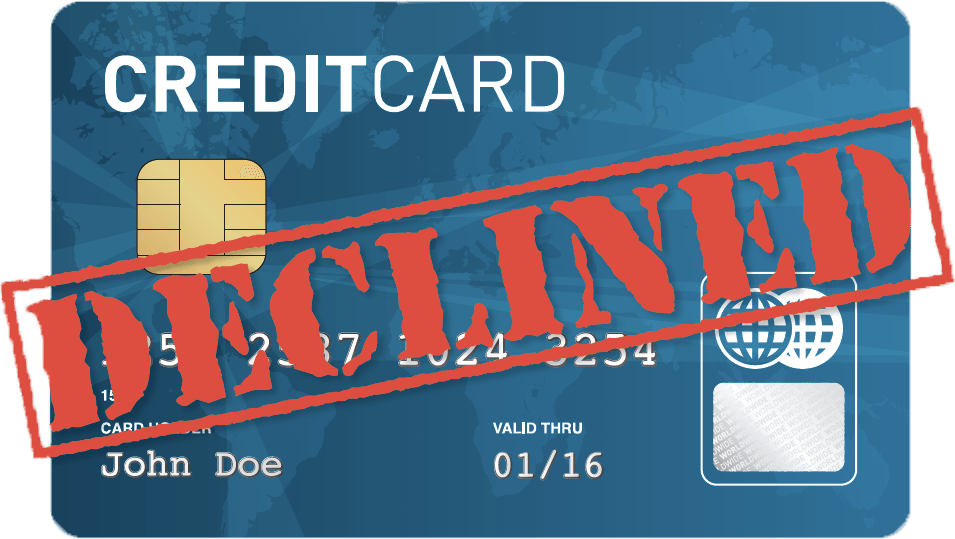 Companies with a need to accept credit cards or debit cards require a Merchant Account. Sometimes the term Merchant Account gets confused with Payment Gateway. They are separate components to accepting cards, but are often provided in a bundled package. If you’re set on a particular company for providing the payment gateway, check to see if their gateway services are agnostic towards back-end processors, allowing you to switch merchant account providers at a later time.
Companies with a need to accept credit cards or debit cards require a Merchant Account. Sometimes the term Merchant Account gets confused with Payment Gateway. They are separate components to accepting cards, but are often provided in a bundled package. If you’re set on a particular company for providing the payment gateway, check to see if their gateway services are agnostic towards back-end processors, allowing you to switch merchant account providers at a later time.
A merchant account is established through an Acquiring Bank, many times via an Independent Sales Organization or a Payment Processor. It’s important to understand the different types of merchant accounts and make sure your needs are met. Essentially they are:
- Card Present: A retail business who conducts business in a face to face manor with their customers. Customers have a card to present and it is swiped through a card terminal or an integrated point of sale system. This can include some mobile applications, although some mobile applications are a hybrid model called a Payment Service Provider or Payment Facilitator.
- MOTO, also known as Card not Present or keyed in: In most cases a MOTO merchant will never conduct business with their customer in a face to face manor. Today the most common type of MOTO merchant is a sale that occurs over the internet. Merchants who have recurring billing needs are usually MOTO merchants, as the card can’t be present for each and every billing cycle.
- Aggregation, also known as Payment Service Provider or Payment Facilitator: A Payment Facilitator is a company who has been approved to aggregate, allowing them to generate merchant accounts, usually to types of businesses where they understand the inherent risks involved or to a specific niche of clientele they know well. As mentioned above, some mobile applications, Stripe and Square for example, are Payment Facilitators.
It’s important to have an understanding of rates that are associated with the different types of merchant accounts. With accounts that are of the Payment Facilitator variety, there’s typically not much negotiation that can take place. Merchants are paying a bit of a premium in return for quick account setup, and sometimes technologies that have been developed by the Payment Facilitator. MOTO merchant accounts pay a premium over a Card Present merchant account because swipe data is not present, and nor is the actual customer. Most all merchants outside of the Aggregation types will seek the best rate they can get, whether it be for MOTO of for Card Present. It’s how they shop that many times differs. The less educated (many times a smaller merchant) will be seeking a quote of the lowest per transaction, and more importantly to them, the lowest discount rate (percentage) they can find. A more educated approach to seeking a good rate is to look for an Interchange Plus quote. An Interchange Plus rate allows the merchant to know that they will always pay the quoted per transaction fee plus interchange and the quoted basis points over interchange no matter what interchange bucket the transaction falls into. It’s simply the most transparent pricing a merchant can get for a merchant account.





